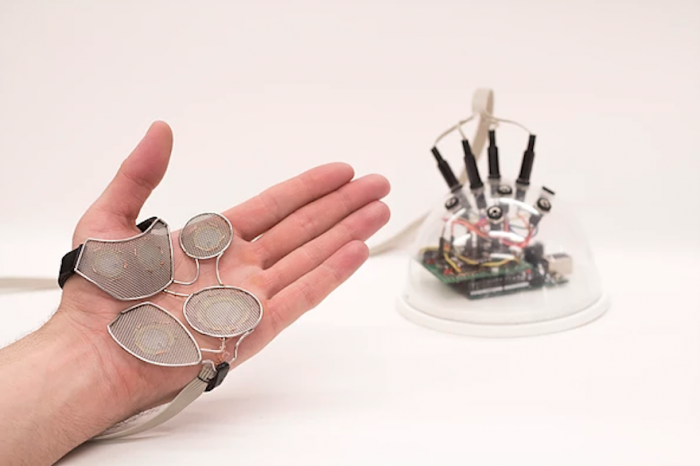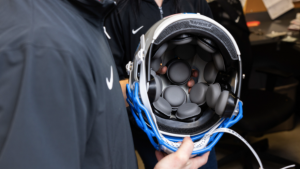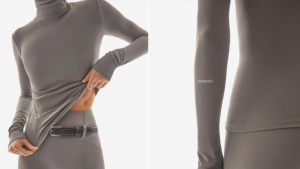Four final year students from the Royal College of Art and Imperial College, London have created a prototype for a device that turns the user's hand into a new channel for receiving information. Vito is a wearable that uses haptic signals to communicate information when the wearer can’t look at a screen or listen to information through a speaker.
It’s all about scenario-specific signals that enable fast and intuitive reactions: “In surgery, Vito would be used to guide the surgeon during delicate operations where previously a screen would have been required. In security, Vito can enable the silent communication and synchronisation of teams. For those with visual impairments, Vito enables the use of a mouse with a graphical interface,” explains the team of four, which includes Yuri Klebanov, Shuxin Cheng, Christian Felsner and James Batstone.
It generates haptic signals using a series of vibrating piezo transducers mounted on the palm of the hand in a kind of intuitive glove. These signals are defined by waveforms which are designed to be distinguishable yet sequential and build on one another. The device will either send signals to an individual transducer or synchronise a series of transducers, creating vibrotactile vocabularies that are easy to decipher.







